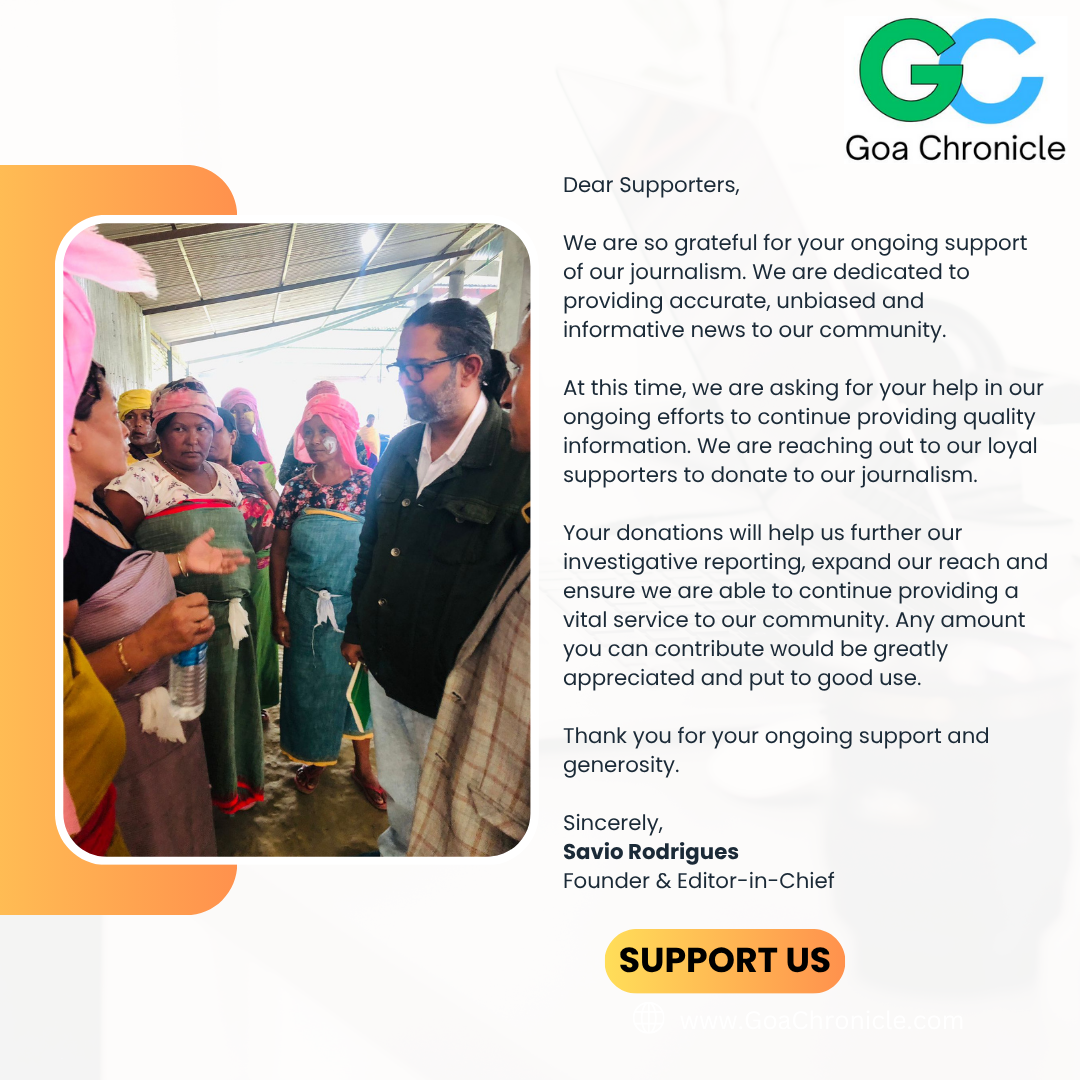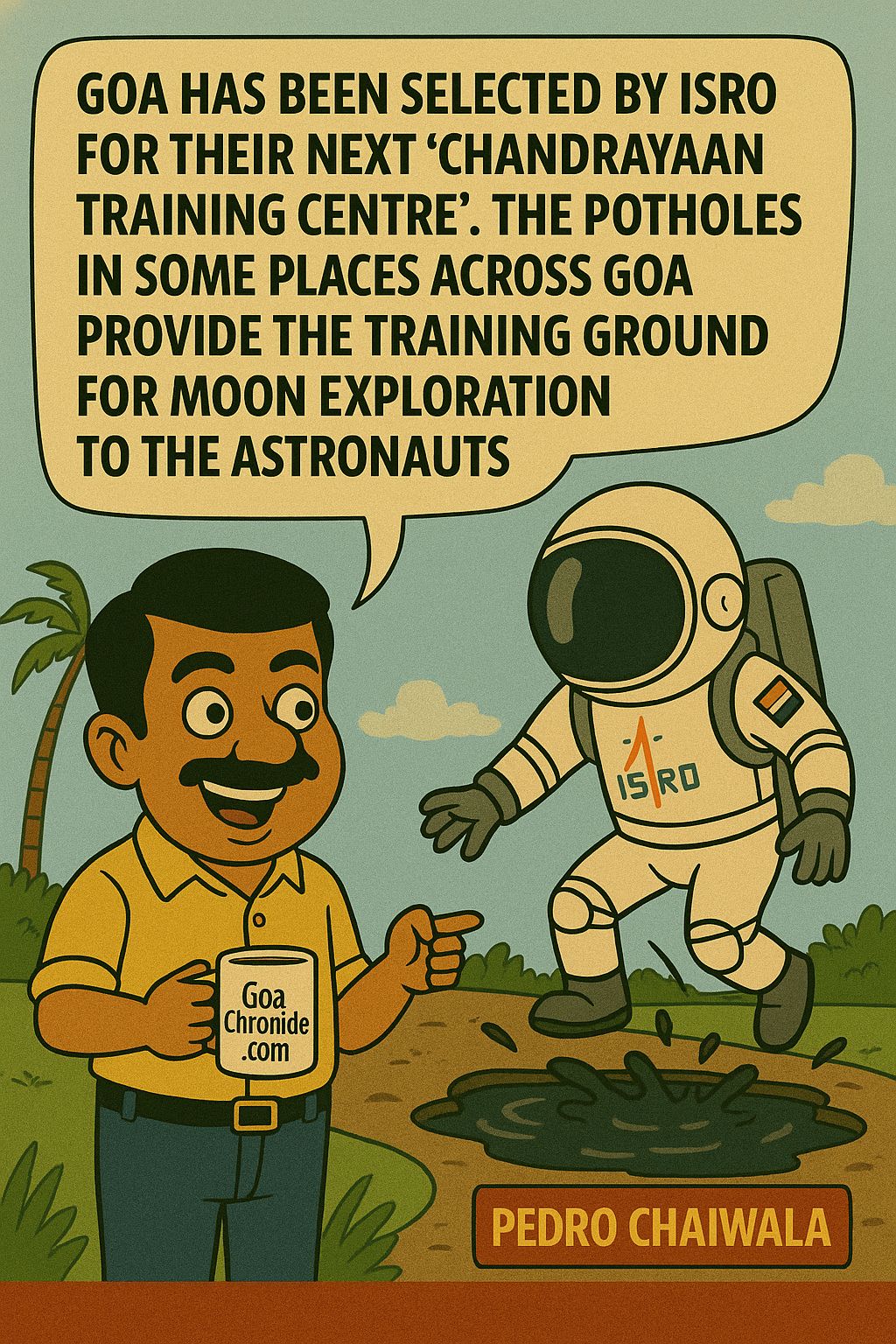Taiwan and the World Health Organisation (WHO) continue to spar over an email sent on December 31, 2019 to the International Health Regulators (IHR) focal point under the WHO. While Taiwan claimed it warned WHO about human-to-human transmission, WHO categorically states that email received from Taiwan CDC requests for more information and does not mention human-to-human transmission.
Taiwan Centers for Disease Control (Taiwan CDC) claimed through its letter that it informed WHO about its understanding of the disease and requested for more information. It also informed WHO about learning from online sources that there has been at least seven cases of atypical pneumonia in Wuhan, China.
Here is the content of the letter emailed by Taiwan CDC to WHO IHR Focal Point dated December 31, 2019.
“News sources today indicate at least seven atypical pneumonia cases were reported in Wuhan, China. Their health authorities replied to the media that the cases were believed not SARS; however the sample are still under examination, and cases have been isolated for treatment.
I would greatly appreciate if you have relevant information to share with us
Thank you for very much in advance for your attention on this matter”

The Central Epidemic Command Centre of Taiwan also in its is press note on April 11, 2020, referring to the letter of Taiwan CDC to WHO stated, that in China, the term ‘atypical pneumonia’ is commonly used to refer to SARS – a disease transmitted between human caused by coronavirus.
TaiwanCDCFounder and Editor-in-Chief of GoaChronicle.com, Savio Rodrigues questioned the World Health Organisation and its Director General, Dr Tedros Adhanom Ghebreyesus at the Global Media briefing on April 4, 2020 on Taiwan’s warning to WHO of human-to-human transmission:
GoaChronicle: On December 31, 2019, Taiwan Centers for Disease Control (Taiwan CDC) sent an email to World Health Organization (WHO), informing WHO of its understanding of the disease and requesting more information. In that email they used the word ‘atypical pneumonia’ which they claim is a word commonly used to refer to SARS – a disease transmitted between humans. Why did WHO not take Taiwan CDC observation seriously?
The answer to GoaChronicle question was answered by three representatives of the World Health Organisation: Steve A Solomon, Prinicipal Legal Officer, WHO International, Constitutional & Global Health Law; Dr Michael Ryan, Executive Director, WHO Health Emergencies Programme and Dr Maria Van Kerkhove, Technical Lead COVID-19, WHO Health Emergencies Programme.
Steve A Solomon, Prinicipal Legal Officer, WHO International, Constitutional & Global Health Law:
“Thank you, Tarik, and thanks very much for the question. It’s appreciated because it gives us an opportunity to set the record straight, which I’d like to do right away and then I’d also like to address questions of their participation at WHO meetings because these questions continue to come up as well.
Did Taiwan warn WHO on 31st December 2019? The answer is no, they didn’t. They did send an email but that email was not a warning. It was a request for more information on cases of atypical pneumonia reported by news sources. They sent that request through the IHR system that Taiwan, China and all IHR focal points are part of.
The email asked for more information about news reports that WHO and most public health services already knew about. Others in fact sent similar emails that day also asking for more information. These reports about atypical pneumonia cases came from Wuhan itself on the internet and they came through a website run by ProMED. That’s an acronym for Programme for Monitoring Emerging Diseases.
The reports were therefore already available and the Taiwanese email just requested in very kind terms more information. Why then has this story of warning continued to circulate?
The answer to that is in part because of the rules for the IHR system itself; that is the electronic communication system supporting the International Health Regulations and its focal points from around the world. These focal points around the world are the direct channel to WHO for information about disease outbreaks.
The communications are confidential in order to promote openness within the IHR system so until Taiwan CDC indicated that they didn’t expect confidentiality about that email we couldn’t offer details. Then on 11th April that changed. Taiwan’s authorities held up the email at a media briefing.
Since Taiwan has made the message public I’ll read out the full content today. It reads – and I’m quoting in full – news resources today indicate that at least seven atypical pneumonia cases were reported in Wuhan, China. Their health authorities replied to the media that the cases were believed not SARS. However the samples are still under examination and cases have been isolated for treatment. I would greatly appreciate it if you have relevant information to share with us. Thank you very much in advance for your attention to this matter. Best regards.
The email wasn’t a warning and it only contained information that WHO already had picked up from internet reports. It’s also important to say that the Wuhan situation had already been captured by WHO on that day, 31st December 2019. WHO activated its incident management protocols the net day, on January 31st, and then along with embedded scientists from other governments WHO began the work which continues to this day analysing the data and seeking additional information.
On 4th January WHO provided information about this situation publicly. On 5th January WHO shared detailed technical information through this IHR system. This included advice to all member states and all IHR focal points to take precautions to reduce the risk of acute respiratory infections, providing guidance on the basis that there could be human-to-human transmission.
On 10th and 11th January WHO published a comprehensive package of guidance on how to detect, test for and manage cases and protect health workers from potential human-to-human transmission based on our previous experience with coronaviruses. And, as you know, there was a global press briefing on January 14th where WHO spoke about likely scenarios around human-to-human transmission. I hope that’s helpful in understanding the December 31st email.
We know there are also questions about Taiwan’s participation in WHO expert meetings and questions about their participation in the World Health Assembly. WHO is an intergovernmental organisation, meaning that countries decide how the organisation is structured and on its policies.
Some 49 years ago the UN and WHO decided that there was only one legitimate representative of China within the UN system and that is the People’s Republic of China. That decision still stands. WHO is also a specialised agency of the United Nations and as such aligns with the UN and must do so coherently.
The work of WHO staff, in line with our constitution, is to promote the health of all people everywhere and to assist with but not decide upon issues at the World Health Assembly. So regarding expert meetings on technical health matters last year Taiwanese experts were included at eight expert meetings and there were six other informal technical meetings.
This year in response to COVID-19 Taiwanese experts are involved in key groups and networks. We’ve had telephone conferences with their CDC, Dr Van Kerkhove and myself, and will do so again and, as noted, their IHR contact point links their CDC directly to WHO headquarters. In the COVID-19 response especially they have had notable successes and we appreciate their contributions.
Regarding the World Health Assembly, the next one will be in two weeks, starting on May 18th. The involvement, if any, of Taiwanese observers in that assembly is a question for the 194 governments of WHO. This is not something that WHO’s Secretariat has authority to decide and indeed two countries have already formally proposed that member states consider this matter at the World Health Assembly.
A final word; a lot of attention has focused on Taiwan’s participation with WHO and we understand that. We are also mindful that there are other places too that for many different reasons look for connections to WHO.
But it is not the role of WHO staff to be involved in geopolitical issues. In fact our principles of neutrality and impartiality exist to keep us out of those issues and to promote the role of evidence-based science in all our work. Our role, even when we operate in sensitive political areas or in complex humanitarian emergencies, is to follow the rules and policies that member states set out and, working within them, to strengthen health systems and access to healthcare for all people, everywhere.
Others may want to add to this. Thanks very much.
Dr Michael Ryan, Executive Director, WHO Health Emergencies Programm
Just one small clarification on the issue of atypical pneumonia. Atypical pneumonia is an extremely common form of pneumonia that occurs around the world. There are millions and millions of cases every year. An atypical pneumonia effectively refers to the fact that the cause of the pneumonia is usually atypical or not necessarily diagnosed as some of the normal causes of pneumonia, one of the usual causes for a community-acquired pneumonia.
Very often they can test negative on first testing and then they are subsequently retested for specific pathogens. In studies I know up to one-third of community-acquired pneumonias can be considered to be atypical in that you have other pathogens that are found which would be known as atypical pathogens, pathogens that don’t typically cause that type of pneumonia.
Certainly at a global pneumonia they would mostly be represented when they’re finally diagnosed with legionella pneumonia, chlamydia pneumonia and microplasma pneumonia as the causes, which are bacterial causes of atypical pneumonia. So the most common causes of atypical pneumonia are bacterial causes and not necessarily viral or others but obviously viruses can cause atypical pneumonia. But to say that atypical pneumonia is a homonym for SARS is entirely incorrect.
Dr Maria Van Kerkhove, Technical Lead COVID-19, WHO Health Emergencies Programm
If I can also supplement just to say, in the beginning that email that Steve read out did not mention human-to-human transmission and I think that is important but from day one, from all of our experience with other respiratory pathogens and from SARS, from MERS you operate on the possibility that that may be possible.
From the beginning with our partners, with our global expert networks, with all of our internal staff at the three levels of the organisation we prepared for this so even the first notifications that we had through our events information system, which is what Steve has mentioned which is the IHR mechanism by which we notify all member states and contact points; we talked about protection against acute respiratory infections and there were details in there about this.
As more information became available and as more details come from the investigations that are taking place we modify the guidance.
Having said that, our first technical package of guidance that was issued to our Emergency Directors at all of the regions, to all of the WRs and made public in our website put out guidance preventing against human-to-human transmission and it focused on transmission via respiratory droplets and contact and in the situation of healthcare settings focused on the potential for aerosol transmission. or air borne transmission in the context of aerosol-generating procedures.
Again this is based on our experience with other respiratory pathogens; SARS, MERS, influenza with the first and foremost idea to protect our healthcare workers who are caring for patients. This was before diagnostic tests were even widely available so what we aimed to do was immediately try to put out information to warn all of our member states and contact points about how to find cases through surveillance guidance, how to collect samples safely through our laboratory guidance, how to protect healthcare workers who are caring for patients in our infection prevention and control guidance, how to care for patients in our clinical management guidance, which was focused on severe respiratory disease.
Because again even without information on the details of what disease this might have caused you anticipate that this would cause a severe disease or could cause a severe disease.
Then lastly we also put out a readiness checklist which was a series of questions which helped everyone look at, how ready are we, how ready are we for an emerging respiratory pathogen, which is what this was. We’ve said previously, this COVID-19 virus, SARS-CoV-2 turned out to be the latest disease X.
A disease X is what we are all anticipating. It’s not a matter of if, it’s a matter of when and the DG has said this before so this was something that could happen because diseases spill over from animals and this is happening all the time. But we need to ensure that we put out guidance as quickly as possible to help prevent onward spread, protect people who are caring for those patients.
Here is the video of the Global Media briefing session:
https://www.youtube.com/watch?v=a0gvMC3h3sg&feature=youtu.be































